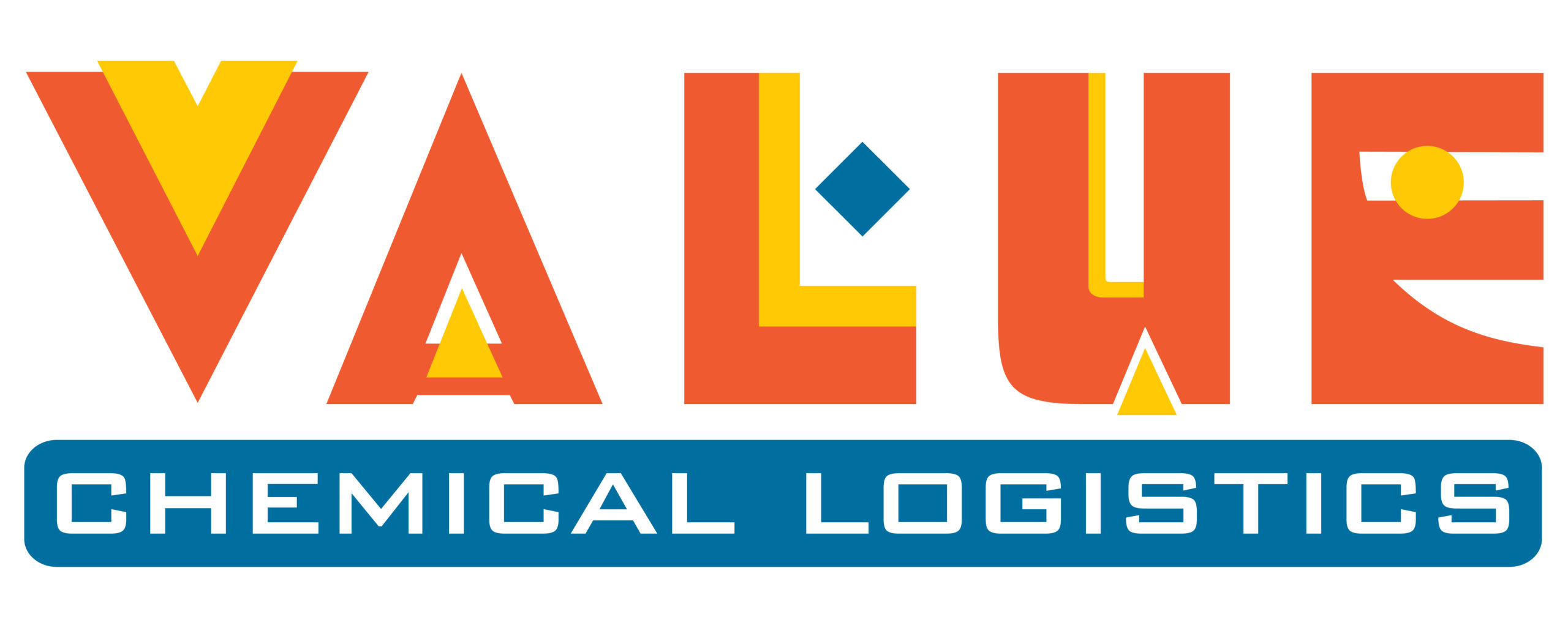Dangerous Goods Classifications & Risk Categories
Dangerous goods and hazardous materials and chemicals are classified under different risk categories and require expertise and specialised teams when transporting and storing them.
DANGEROUS GOODS CLASSIFICATIONS
Dangerous goods, (abbreviated as DG) are items or substances that when transported are a risk to health, safety, property or the environment.
Hazardous materials (abbreviated as HAZMAT or hazmat) are substances, solids, liquids, or gases that can harm people, other living organisms, property, or the environment, more specifically.
Hazardous materials are often subject to chemical regulations. Hazmat teams are personnel specially trained to handle dangerous goods, which include materials that are radioactive, flammable, explosive, corrosive, oxidizing, asphyxiating, bio hazardous, toxic, pathogenic, or allergenic. Also included are physical conditions such as compressed gases and liquids or hot materials, including all goods containing such materials or chemicals, or may have other characteristics that render them hazardous in specific circumstances. Mitigating the risks associated with hazardous materials may require the application of safety precautions during their transport, use, storage and disposal.
Dangerous goods are divided into nine classes (in addition to several subcategories) on the basis of the specific chemical characteristics.
(temperatures of below -100 °C) used for cryopreservation and rocket fuels, such as nitrogen, neon, and carbon dioxide.
If they have an initial boiling point of 35°C or less at an absolute pressure of 101.3 kPa and any flash point, such as diethyl ether or carbon disulfide.
Packing Group II:
If they have an initial boiling point greater than 35°C at an absolute pressure of 101.3 kPa and a flash point less than 23°C, such as gasoline (petrol) and acetone.
Packing Group III:
If the criteria for inclusion in Packing Group I or II are not met, such as kerosene and diesel.
Solids substances that are easily ignited and readily combustible (Nitrocellulose, magnesium).
Solid substances that ignite spontaneously (aluminium Alkyls, White Phosphorus).
Solid substances that emit a flammable gas when wet or react violently to water. (Sodium, calcium, potassium, calcium carbide).
Category A – Infectious
Category B – Samples ( virus cultures, pathology specimens, used intravenous needles)
8.2 ALKALIS: potassium hydroxide, sodium hydroxide.
